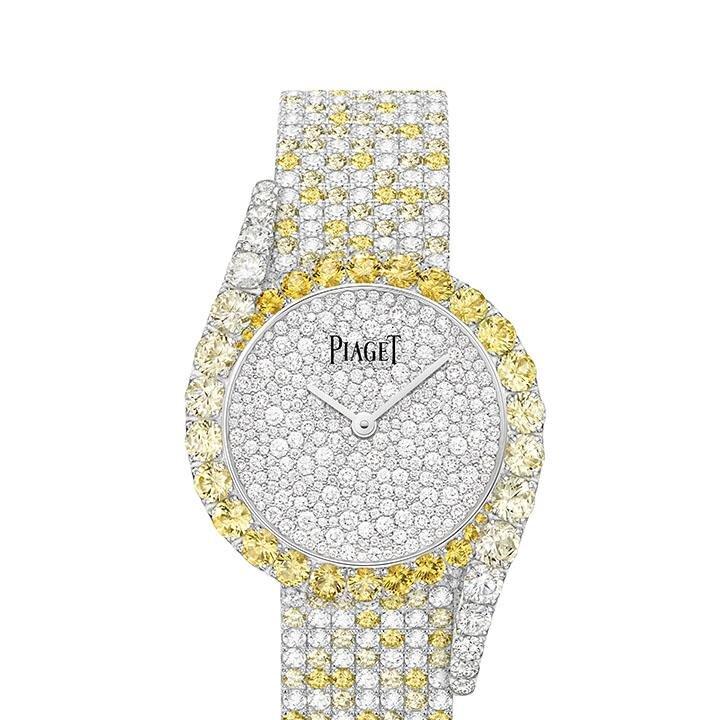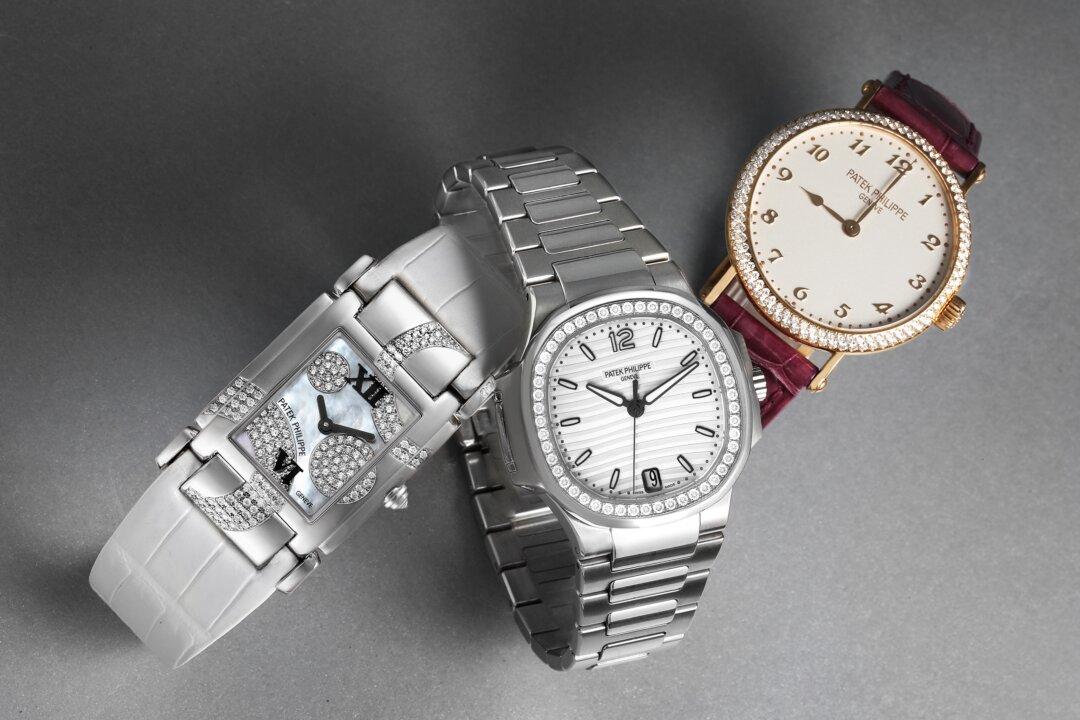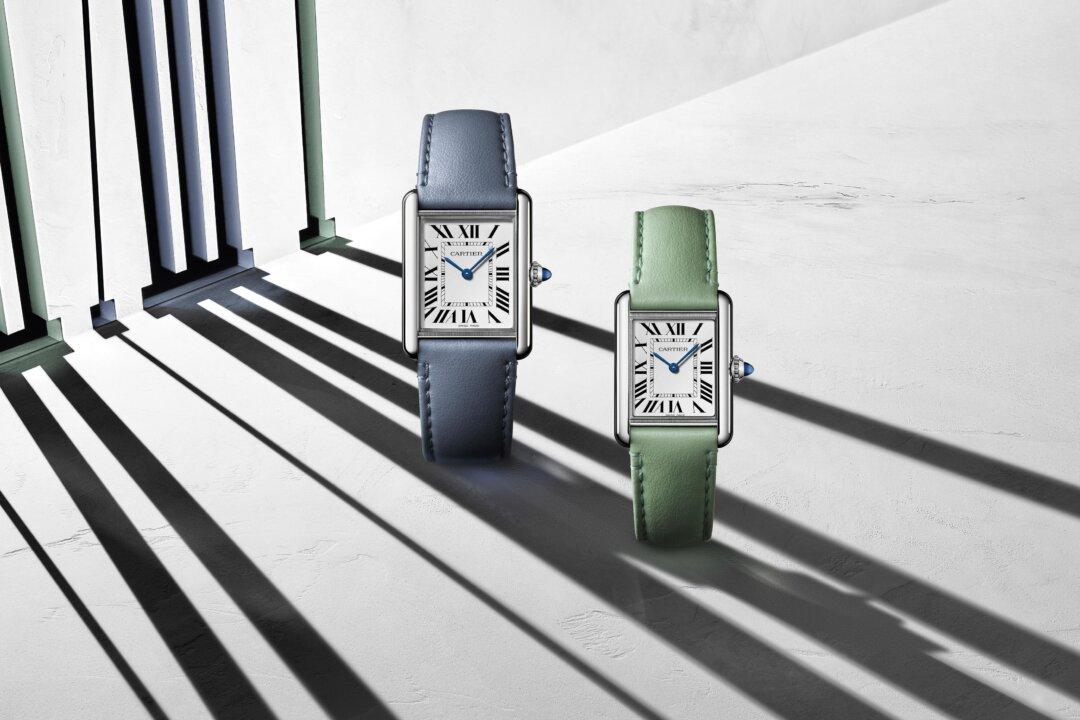High-end jewelry watches have it all: investment value, artistry, and functionality. In the past few years, new setting techniques, gem cuts, and more adventurous designs are changing the way jewelry watches look. There is a growing sense of fearlessness in the design, with larger gems, more color, and more drama.
Gemsetting falls into that special segment of watchmaking metiers d’arts that is very technical but not just technical. No matter how perfectly the gemstones are set or how flawless the stones are, there is more to creating a great jewelry watch than lining up diamonds along the bezel (rim of the watch) or paving the dial. It’s an art form that seems best-executed by brands that place creativity at the same level as technical expertise—brands with a couture sensibility, like Chanel or Hermès, or those that design high-end jewelry, like Chopard, Cartier, Bulgari, and Piaget. Even some traditional luxury watchmakers like Jaeger-LeCoultre, with a history of focusing on mechanical complications, have reinforced their craft workshops in recent years, empowering them to explore decorative designs that combine technology with innovative design.



